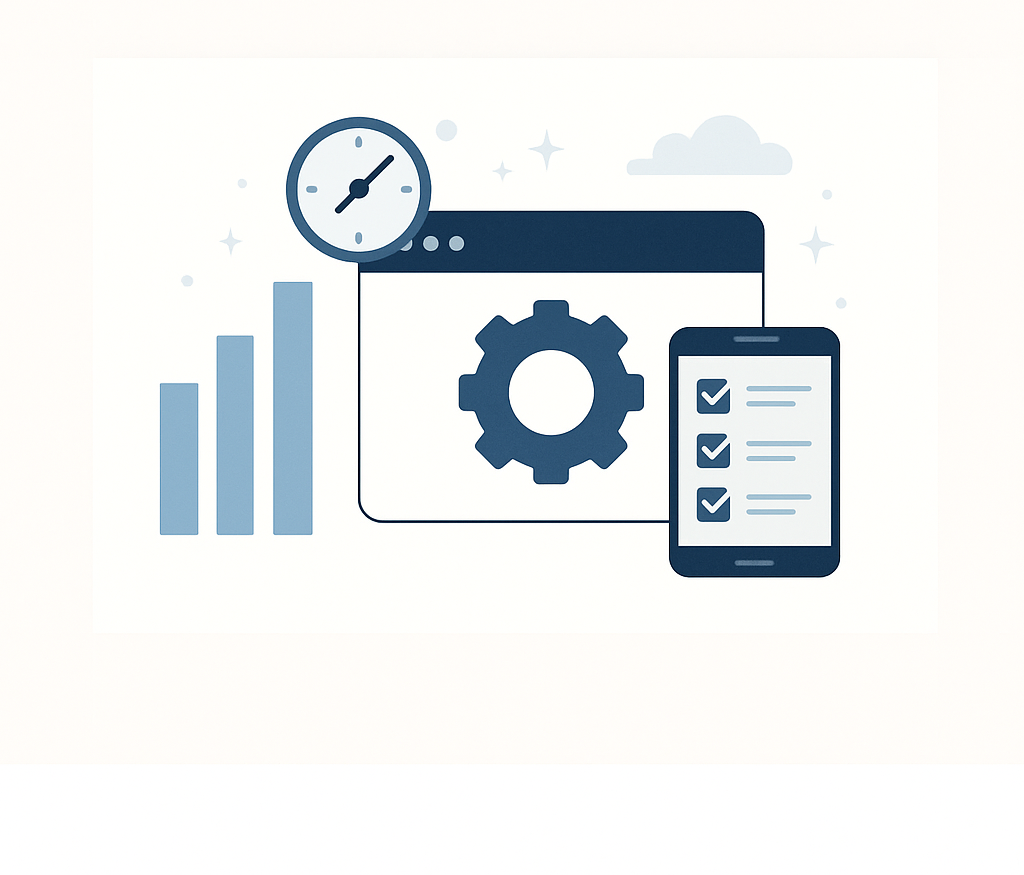Artificial Intelligence (AI) is no longer just for tech experts or big companies. Thanks to free and user-friendly tools, anyone—students, professionals, creators, or hobbyists—can now harness the power of AI to boost productivity, creativity, and learning. Whether you’re writing, designing, automating tasks, doing research, or just curious about coding, there’s a beginner-friendly AI tool for you.
Here are the top 5 free AI tools (with a few great options in each category) that you can start using today—no technical experience required.
1. Writing & Content Creation Tools
Let’s start with tools that help you write better, faster, and more clearly. If you’ve ever struggled to draft an email or organize your thoughts into a blog post, these tools will feel like magic.
🧠 ChatGPT (Free Plan) ChatGPT is a conversational AI chatbot that helps you write anything—from emails to creative stories to quick summaries. It’s free to use at chat.openai.com with a simple account setup. It’s incredibly versatile and user-friendly, especially for beginners.
Pros: Versatile writing support, beginner-friendly, available on mobile and desktop.
Cons: Uses GPT-3.5 on free plan, no memory or customization.
📝 Grammarly (Free Version) Grammarly steps in to polish your grammar, spelling, and even tone. It integrates directly into your browser or Microsoft Word, helping you write better wherever you type. The free version catches common errors and makes your writing clearer.
Pros: Instant grammar and clarity feedback, works across platforms.
Cons: Limited advanced suggestions on free plan.
✍️ Hemingway Editor This no-fuss, browser-based tool highlights complex sentences, passive voice, and hard-to-read phrases. It’s perfect if you want to simplify your writing. No login required.
Pros: No login needed, very easy to use.
Cons: No grammar correction, no intelligent suggestions.
2. Image Generation & Design Tools
Visuals matter, whether you’re creating a social media post or a blog banner. You don’t need to be a designer to make something that looks good.
🎨 DALL·E Accessible through ChatGPT or Bing Image Creator, DALL·E allows you to generate images from simple text prompts. Type something like “a futuristic city at sunset” and watch it create a unique image for you.
Pros: High-quality image generation, easy to use.
Cons: Limited resolution in free version.
📐 Canva (Free Plan) Your go-to for graphic design. With thousands of drag-and-drop templates for social posts, videos, resumes, and more, it’s a favorite among non-designers. You’ll need to create a free account.
Pros: Tons of templates, easy for non-designers.
Cons: AI tools and premium assets require upgrade.
🖼️ Craiyon (formerly DALL·E Mini) A lightweight, fun AI image experience. No account required. Just enter your prompt, and it generates quirky, sometimes hilarious images.
Pros: 100% free, no account needed.
Cons: Low image quality, limited detail.
3. Productivity & Automation Tools
Want to get more done in less time? These tools help you automate tasks and keep your work organized without needing tech skills.
🗂️ Notion AI Built into the Notion workspace, this AI helps you summarize content, brainstorm ideas, or auto-generate meeting notes. It’s great for digital planners, students, and creators.
Pros: Built into a powerful workspace, ideal for planning.
Cons: Limited AI usage on free plan.
🔁 Zapier Zapier is like a virtual assistant that connects your favorite apps. Want every email attachment from Gmail saved automatically to Google Drive? Zapier can do it without coding.
Pros: No-code automation, connects thousands of tools.
Cons: Free tier has limits.
📋 Trello + Butler AI Trello organizes tasks using cards and lists, while Butler AI automates reminders, checklists, and task updates. Great for organizing projects visually.
Pros: Great for personal or team planning, visual interface.
Cons: Learning curve for automation.
4. Learning & Research Tools
These tools make it easier to learn, study, or find reliable information—perfect for students, professionals, or anyone who’s curious.
🔎 Perplexity AI An AI-powered search engine that gives summarized answers with sources. It’s great for factual research and doesn’t require an account.
Pros: Fast, sourced answers, no login needed.
Cons: Not good for creative tasks.
🧾 QuillBot If you want to paraphrase or summarize text, QuillBot is a fantastic option. It works well without needing to sign up for basic features.
Pros: Effective paraphrasing, grammar and summarizer tools included.
Cons: 125-word limit on free version.
🔍 You.com This tool blends AI writing, search, and summarizing. It’s user-friendly and helps you get answers fast, but it might not match the depth of more advanced AI tools.
Pros: All-in-one tool, great for beginners.
Cons: Less refined than ChatGPT or Perplexity.
5. Coding & Tech Tools (Beginner-Friendly)
If you’re curious about coding but don’t know where to start, these tools make it easier than ever.
💻 Replit A browser-based coding platform where you can write and run code instantly. It supports many languages and is ideal for students or beginners.
Pros: No setup required, beginner-friendly.
Cons: Some features locked behind paywall.
👨💻 GitHub Copilot An AI coding assistant that suggests code as you type. It’s especially helpful for students or hobbyist coders but requires a bit of setup.
Pros: Saves time, great for students.
Cons: Requires setup, not free for everyone.
🧠 Codeium A free AI code-completion plugin that integrates with multiple coding environments. It’s a great alternative to Copilot.
Pros: Completely free, works with many editors.
Cons: Simpler than premium tools.
You don’t need a tech background—or even much time—to start using AI tools. Whether you’re writing, designing, researching, or exploring automation, these tools open up exciting new ways to work smarter and create more. The best part? They’re all free to try.
Give one a spin today and see just how easy AI can be.
Found this guide helpful? Share it with a friend who’s just starting their AI journey!



